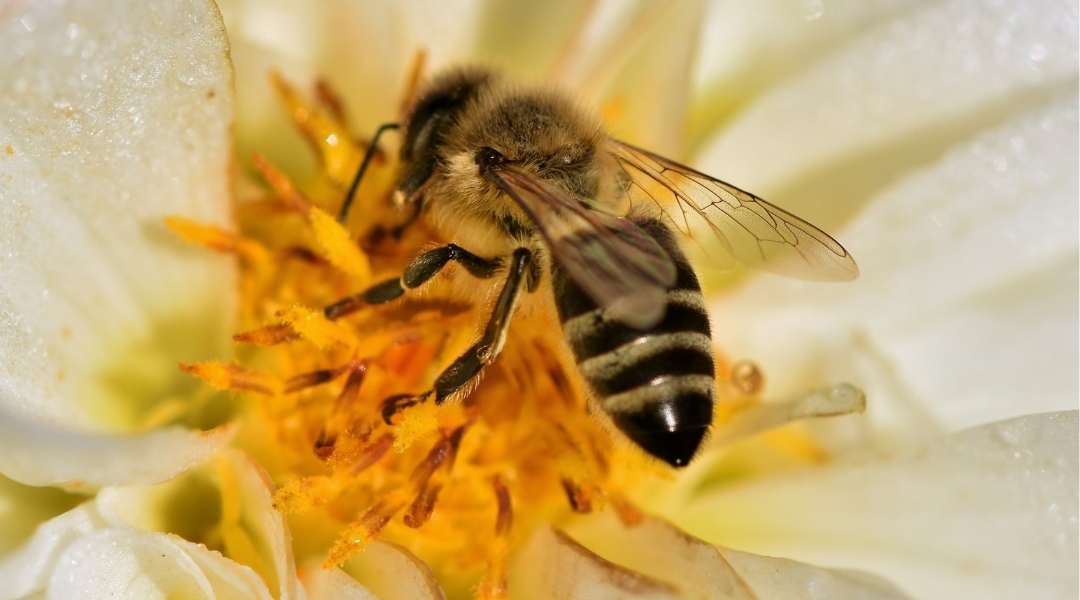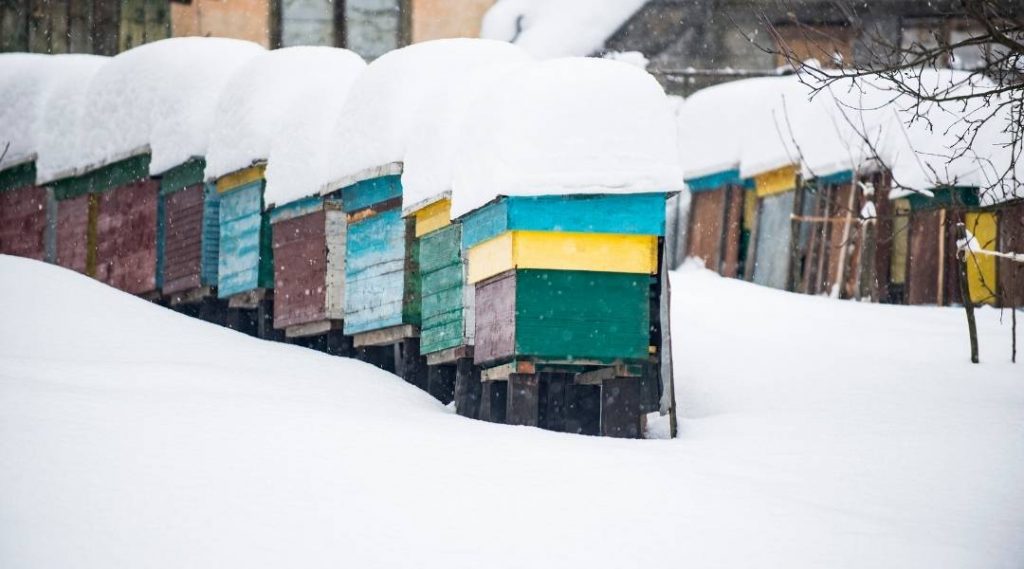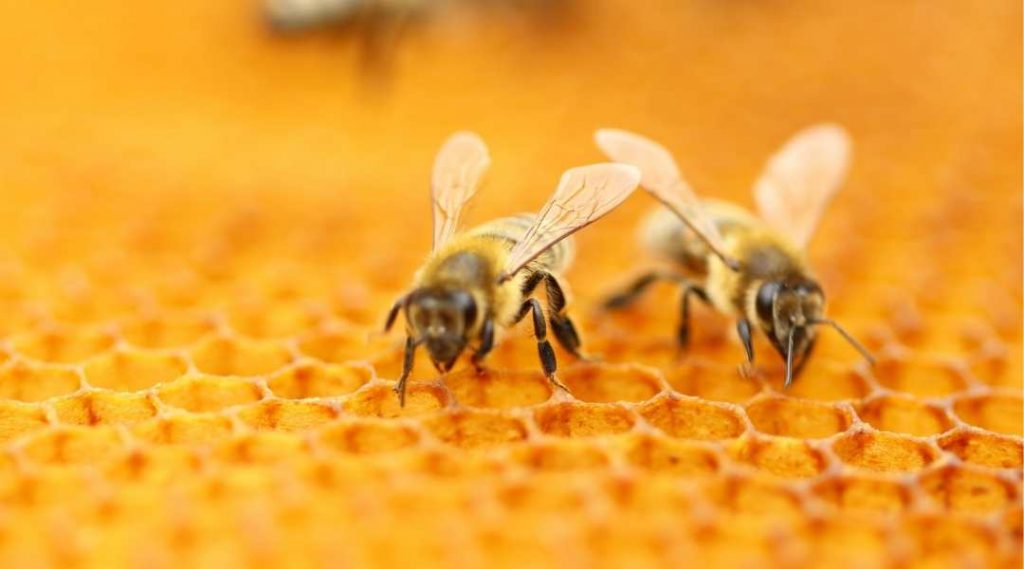Hives in winter also suffer from winter cold and extreme temperatures. They are getting closer and closer to the big snowfalls and the temperatures are getting harder and harder to bear.
Animals are intelligent and high temperatures in winter are no surprise to them either. In fact, the animals know how to cope with these extreme temperatures. Therefore, as soon as autumn begins, these animals are already preparing themselves for the long winter.
Preparation: autumn
Weather and food conditions are beginning to change, so flowering is also reduced. This scenario already signals to the bees that changes are coming, and that it is time to prepare for overwintering.
Autumn is the time to start preparing the hive, plugging the holes, and taking care of the last brood that must last until spring.

Survival strategies in the hive
The bee will carry out its survival strategies to survive the winter in the hive. To protect themselves, bees protect themselves from the cold and use the cluster technique.
This technique consists of the queen bee remaining in the center of the hive and the rest of the bees cluster around her, generating the maximum possible temperature. In this cluster, there is constant activity.
Some bees are much farther away from the cluster, so they are the coldest and therefore create circuits to return to the center of the cluster and thus rewarm themselves.
With this, the optimal temperature can be maintained, making this circuit of bees. This maintains the homeostatic balance of the hive nest itself.
Bees must be well nourished for the winter season to be able to face it and this is done by storing sufficient energy and protein reserves.

Hive temperature in winter
The temperature of the nest and the humidity in the nest is very important during the winter. If you want to maintain it, and save the bees work, it is usual to leave on both sides several combs with operculated honey.
Predators
It is common that in winter the hives can be attacked by hungry predators, bears, birds, mice, etc. Therefore, it is important to keep the hives well protected.
The importance of the beekeeper
For all these reasons, the role of the beekeeper is very necessary and important nowadays. In winter, beekeepers should open their hives as little as possible. Exposure of the bees to the weather could cause damage to the bees.
If we visit bees less often, we may not detect their warning signs. Bees may be understocked, suffer from poor ventilation, and these are signs that a colony may be at risk.

Hives in winter and their care
Hives should be well ventilated. Lack of ventilation generates a humid cold, which can compromise the health of the colony (favoring the development of pathogens that cause digestive problems).
When winter approaches, the bees themselves seal unwanted openings with propolis. The colony generates a winter pineapple and keeps the hive at a constant temperature of 20ºC. thanks to the bees’ own movements.
Sanitary conditions of the hives in winter
The health conditions in the hive is one of its fundamental aspects. Today we will tell you about the different diseases that can make the hive sick.
- American foulbrood: Disease caused by the bacillus Paenibacillus larvae that affects bee larvae. It should be inspected in colonies as soon as its presence is detected. These diseases usually appear at critical times in autumn and on mild winter days.
- Varroasis: Treatment is usually carried out in early spring.
- Nosemosis: A disease caused by the microsporidian parasite Nosema apis, which affects the digestive tract of worker bees, drones and queen bees.
At Maes we are experts in honey and bee care, so you may also be interested:


